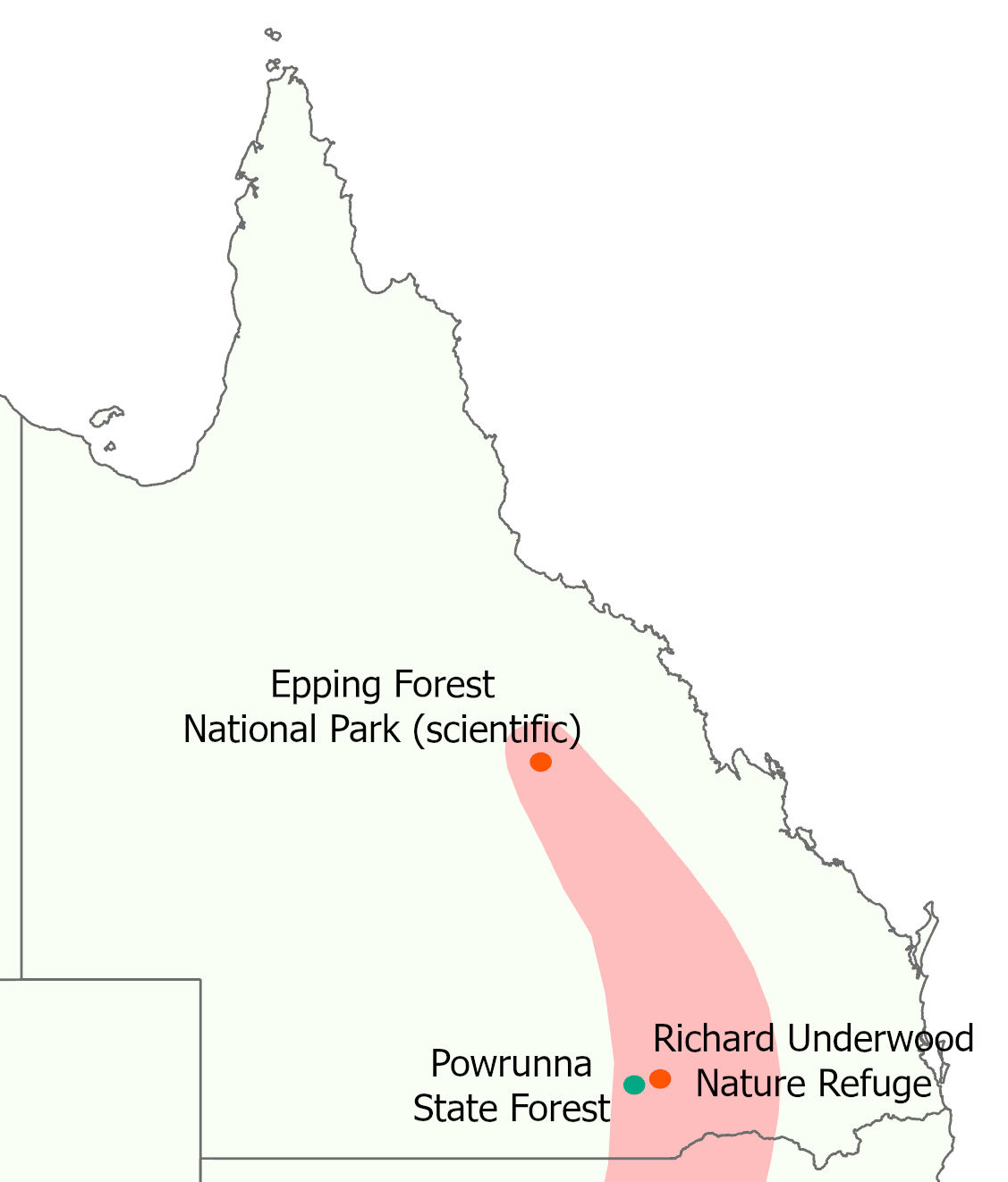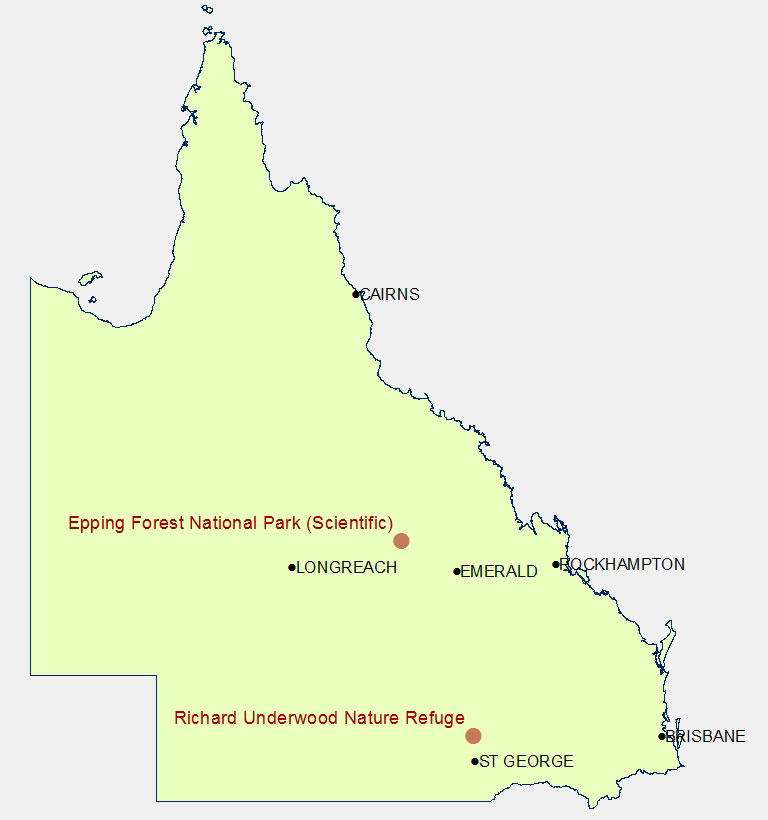Wombat populations
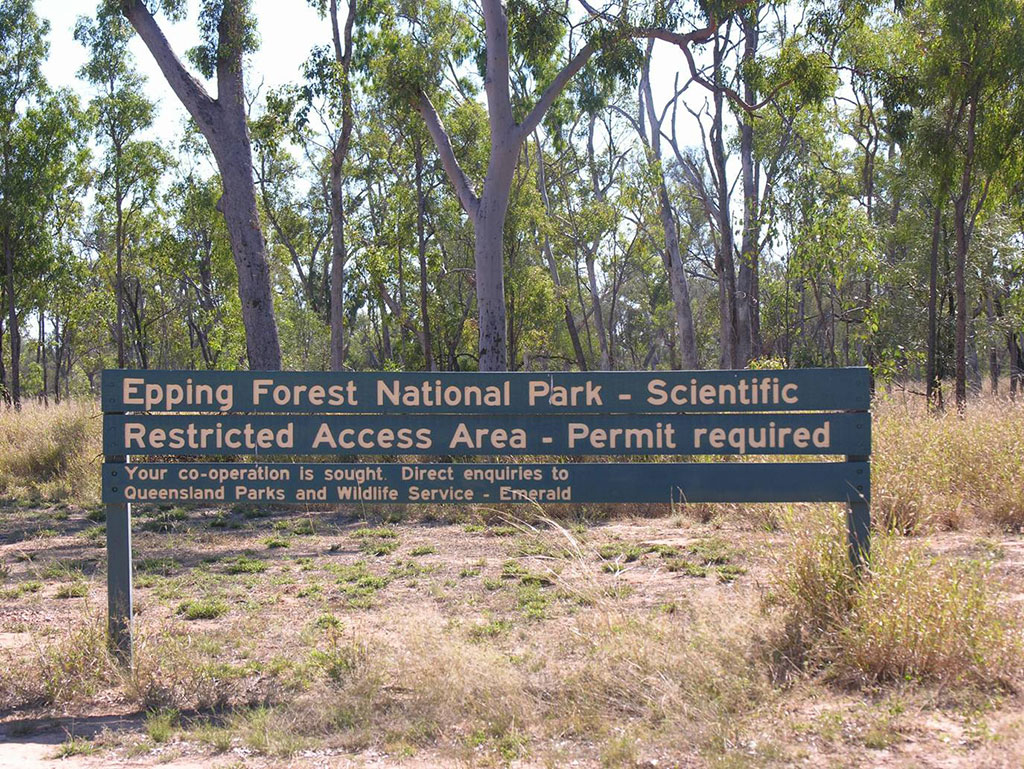

The reintroduction of the critically endangered northern hairy-nosed wombats (NHW) to new sites is a goal of the Northern Hairy-nosed Wombat Recovery Action Plan 2022 . The persistence and long-term recovery of the NHW is reliant on establishing multiple populations to increase numbers and reduce the risk of extinction that exists when a species is in a single location.
The Department of Environment, Science and Innovation (department) is responsible for managing existing, and establishing new, NHW populations at:
Monitoring and management activities include:
- habitat management
- managing threats to NHW
- maintaining genetic viability in NHW populations
- research into NHW biology, ecology and behaviour
- infrastructure and equipment maintenance at each location.
Read more about the monitoring and management activities undertaken to help protect and grow the NHW population.
A third population at Richard Underwood Nature Refuge is managed by Australian Wildlife Conservancy.
Epping Forest National Park (Scientific)
Epping Forest National Park (Scientific)—located in central Queensland—is the location for most of the world's population of NHW.
By the early 1980s, this was the last remaining population of NHW in Queensland. The population consisted of only 35 wombats, sparking an intensive research and recovery effort.
Since 2001, thanks to concerted management, protection and recovery efforts, the number of NHW has been steadily increasing. The last census, in 2022, estimated the population to be 400.
Epping Forest National Park (Scientific) covers more than 2,750 hectares. The vegetation within the park is classified as open eucalypt woodland. Importantly, the park supports extensive areas of suitable burrowing soils that are characterised by deep sandy-loamy soils.
The Epping NHW population plays an essential role in wombat conservation, not only as the largest population, but also as the source for establishing new populations at new locations.
Powrunna State Forest
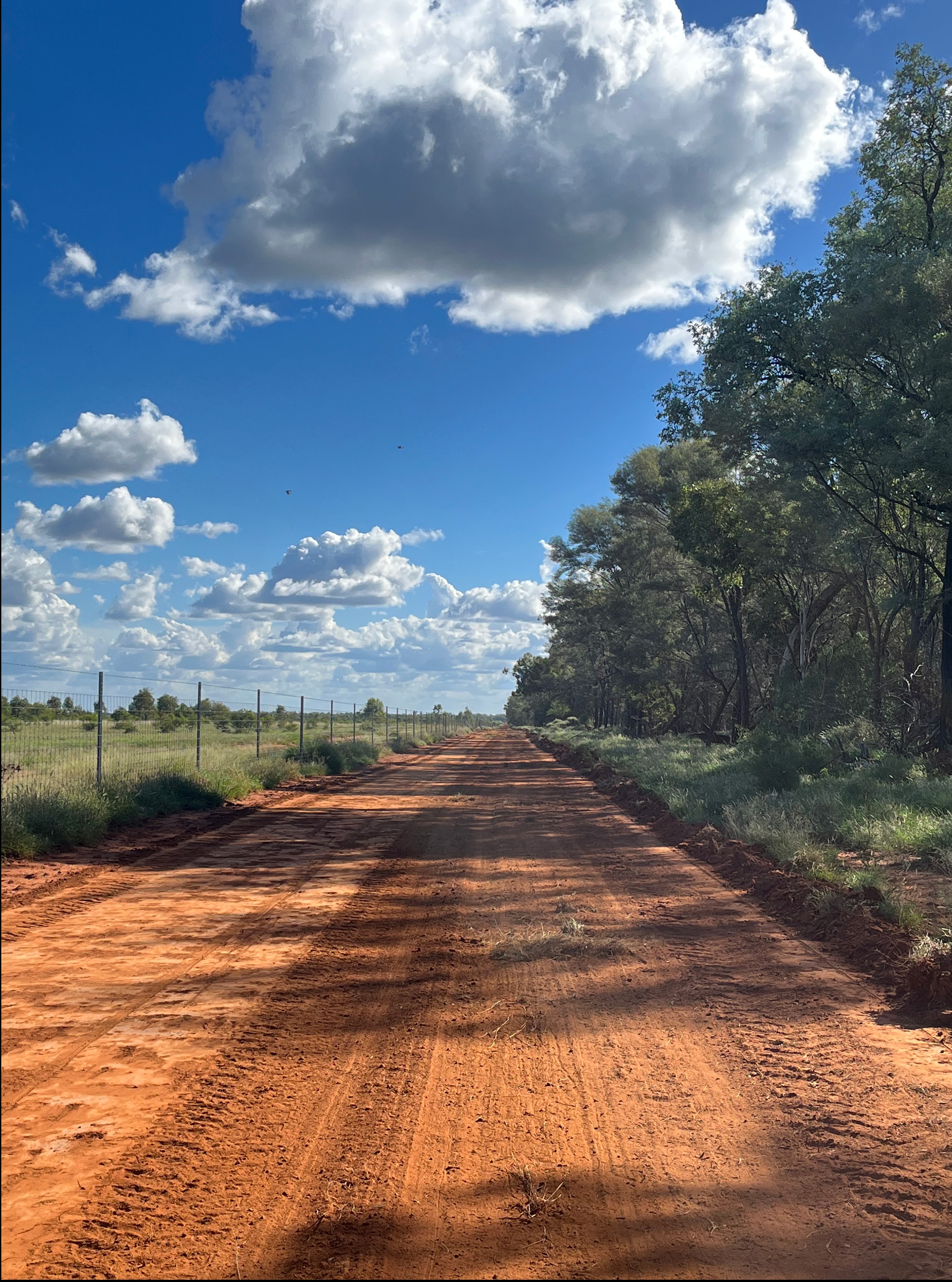
With the continued recovery of NHW at Epping Forest National Park and Richard Underwood Nature Refuge, the search for a suitable third site began.
Powrunna State Forest (Powrunna)—in south-west Queensland near the town of St George—is the location for the state’s third NHW colony.
In 2022, the Queensland Government secured Powrunna and two adjacent freehold parcels land.
The 2,800 hectares site lies within the historical distribution of the species and was identified as having the right soil and vegetation type that would support a NHW population.
The first translocation of NHWs to the new site occurred mid-2024.
On-ground works include fencing to exclude predators, provision of water points, and using machinery to dig artificial ‘starter burrows’ to provide initial refuge for newly translocated NHWs.
The establishment of the third site is being delivered in partnership with the Gunggari Native Title Aboriginal Corporation and Gunggari Native Title Holders, The Wombat Foundation, and with significant investment from Glencore Coal Assets Australia Pty.
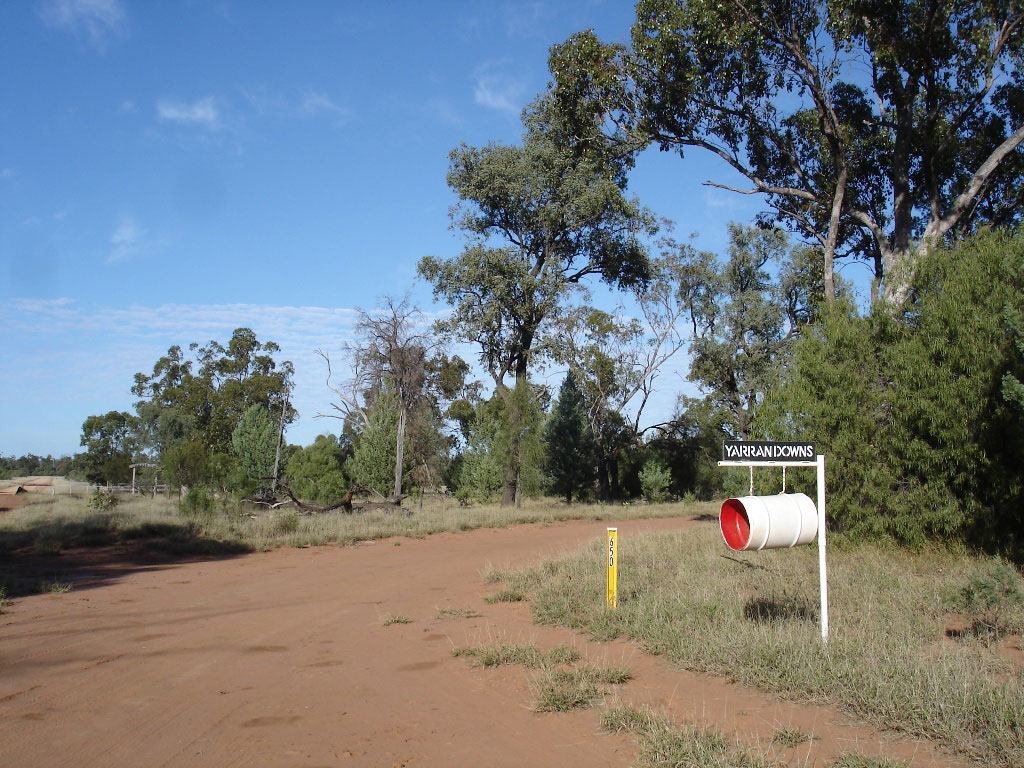
Richard Underwood Nature Refuge
Richard Underwood Nature Refuge (RUNR) at Yarran Downs—in south-west Queensland near the town of St George—is the location of the state’s second colony of NHW.
It was established in 2009 as part of the NHW recovery plan and reintroduction project, sponsored by Glencore as part of its Community Investment Program.
Property owners, Ed and Gabriele Underwood entered into a Nature Refuge Agreement to create Richard Underwood Nature Refuge on part of their property. This provided an area where wombats could be reintroduced and protects about 130 hectares of eucalypt woodland on old river levees.
During 2009–2010, 15 wombats were translocated to the nature refuge.
In 2023 the Australian Wildlife Conservancy, assumed management of RUNR in a historic agreement with the department.



